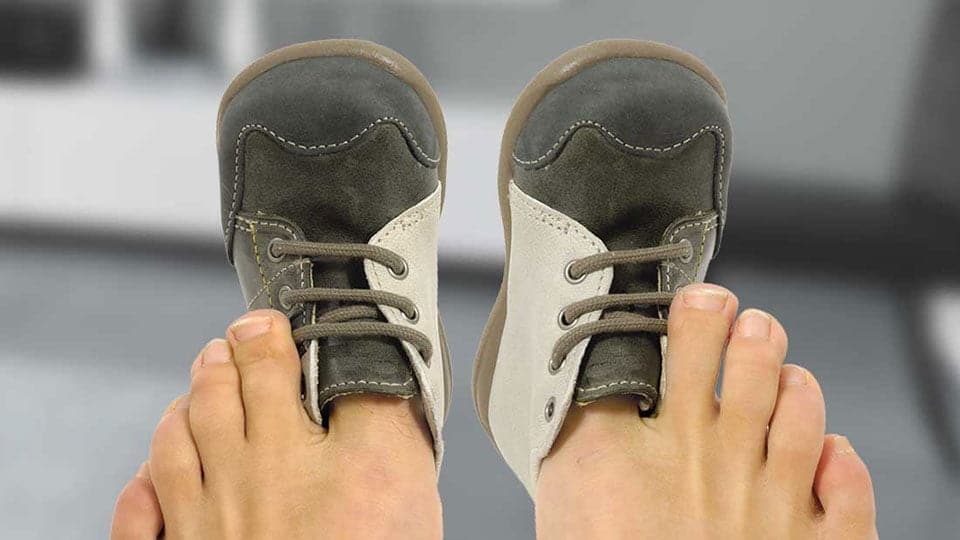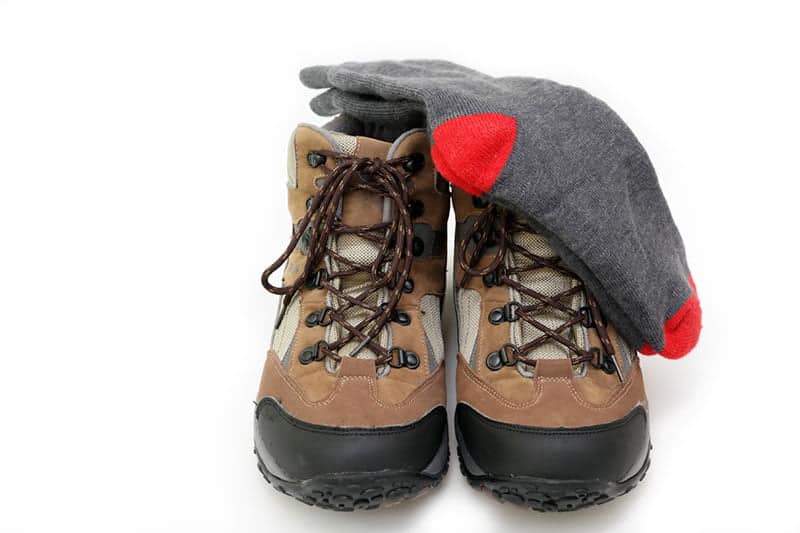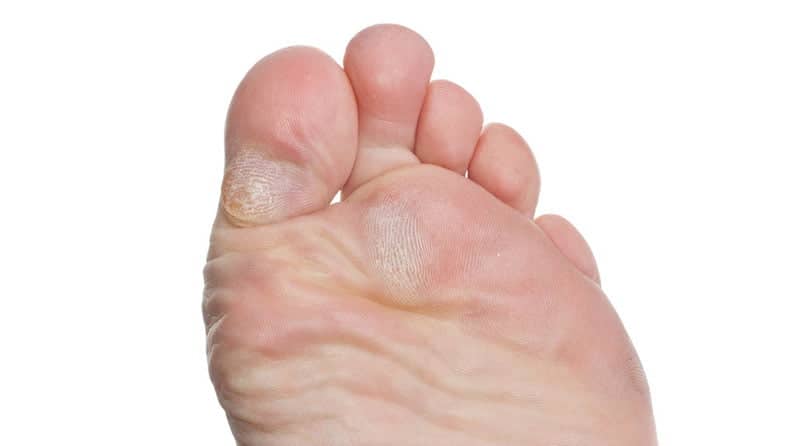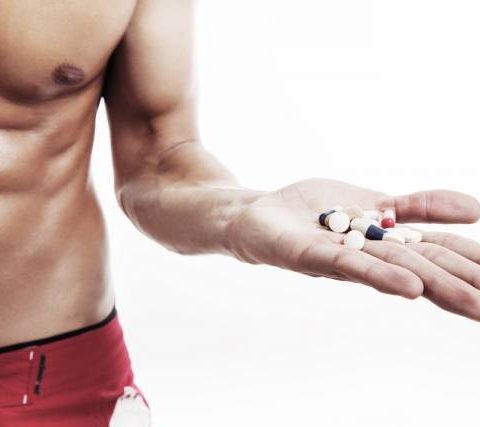Keeping Your Feet Happy For Hiking
You can never underestimate the importance of looking after your feet on a big hike.
Walking involves being on your feet quite a lot. If you want to carry on walking for longer you will need to keep an eye on and care for your feet. Quite literally the success of your entire day balances on top of your feet.
Like many people, I’ve taken the time (and the money) getting good gear that will keep me comfortable, dry, protected, hydrated. But I’ve always just put up with blisters as a kind of necessary evil for getting into the outdoors.
After talking to a few people who had done the Oxfam Trailwalker before and ended up with horrendous blisters, it scared me into really thinking about looking after my feet.
According to sports podiatrist Emily Smith, somewhere around 80 per cent (or more!) of entrants in the Trailwalker in Sydney last year suffered from blisters. That is an overwhelming amount of batter souls.
So what are some of the reasons for our feet to develop blisters and what can we do to combat this and reclaim the joy that is outdoor hiking?
1 – Poorly fitted boots at whatever price are a fool’s erand.
I will begin with the beginning – poorly fitted boots. So after purchasing a pair of improper fitted boots and some lengthy treks my feet were red raw and absolutely thrashed. Besides barely being able to walk the next week, I was popping pills like it was going out of fashion to deal with the pain.
When you buy your boots only go to a reputable shop that offers you a proper measuring and fitting service. If you walk into a shop and it does not have a huge selection of boots, walk out and keep searching. It is even better if you find a store that has a ramp or rock bed. The ramp is really important to check that your boots aren’t too small in size – if they are your toes will bruise on the down-hills.
If you buy new boots, best you buy some new socks to go with the new tread. The old socks would have worn out with the last set of boots.

2 – Don’t underestimate the role of your socks
Depending on the length of your hike or trek, two pairs of socks aren’t a bad idea. They can compensate and allow for some of the rubbing that can occur and cause your feet to blister. But there are no hard and fast rules and these days, what works today doesn’t ensure it will work tomorrow. Having a set of rules will set you up for success instead of failure, I prefer using just the one pair.
Modern socks are often double layered and modern boots are extremely well padded and made from softer more malleable materials. Specialist liners are sometimes a solution to blister or foot problems, especially in stiff mountain boots that won’t flex with your foot, and can be a godsend to long distance walkers who can’t wash/change their socks as often as they would like.
Important Tip – don’t wear cotton socks or any socks with ridges in the construction. At the same time don’t be fooled into buying 100% wool or merino wool socks. Besides being incredibly expensive they have a tendency to wear out sooner than socks that combine wool with modern synthetic materials.
And socks made from wholly natural fibres tend not to remove sweat from the skin’s surface as well as those containing man-made wicking materials. (If your feet don’t breathe, they get wet and are then more susceptible to blistering). Recommended are technical socks that fuse the very best New Wool with the most advanced synthetic fibres. These tend not to be cheap for a pair of socks, but almost guarantee comfort and warmth and staving off the blisters!

3 –Powder those plates’
Trench Foot is a common condition caused by prolonged wet and cold conditions. The feet become red, swollen and incredibly painful over the space of about a week. This effect is called vasoconstriction where the foot is deprived of a blood supply. In exceptional circumstances amputation is the treatment. Hence prevention as usual is better than the cure.
On long treks foot powder is a key component in my packing list. I don’t apply it to my ‘hooves’ at the start of the day, (it can ball up and cause blisters), rather at the end after I have washed them. Even if you don’t wash your body – wash and dry your feet!
4 – Preparing your feet
Even the best fitted boots with the best socks can still lead to blistering. Ultimately long distance walks and/or rigid boots are tough on your feet. But blistering can be avoided by taping up your feet. The best tape to use is 3 inch wide zinc-oxide tape. When you go on walks make a mental note of where you might be getting hot spots – but with rigid boots more than likely your heels will lift a bit inside the boot – so these areas at least will need taping up.
Keeping your nails trimmed is also of key importance. If they are nicely trimmed back they won’t rub and cause blisters on adjacent toes, and they are far less likely to bruise too.
5 – Treating blisters
It happens – feet get blistered, can’t change that we just need to deal with it when it happens. There are various stages and each needs treating slightly differently. But in all cases, the sooner you stop and sort it out, the better.
First of all, you may have a hot-spot developing. In this case the skin is intact and no blister has formed. There are two things you can try. You may try rubbing in a bit of Vaseline to take out some of the friction. Alternatively it might not be too late to tape the foot up with some zinc-oxide tape – or even some gaffer tape!

If there is any blistering however and you have some distance to go it will need popping and dressing. Clean the surrounding skin and the blister using an alcohol wipe. Clean whatever you will pop it with using a wipe and maybe the flame of a lighter too. Once drained of fluid clean the surface once again, and when it’s dry apply a blister dressing. A cheaper alternative is to use a non-adhesive dressing stuck down with the zinc-oxide tape – and possibly more durable too. When you are finished for the day, remove any dressing, clean your feet and re-dress them the next day.
If it’s the end of a walk and you’re headed home then there is nothing to be gained by draining a blister – leave it intact, keep it clean, and allow nature, the fresh air and some rest to heal it for you.
6 – Take care of your boots
Feet aren’t the only thing you should be taking care of, keeping your boots clean and allow air to dry them as much as possible. On a trek even if I can do nothing else I will pull out and air the insoles. Clean boots also allow the pores to breath – thus helping to keep your feet a bit dryer for a bit longer.




